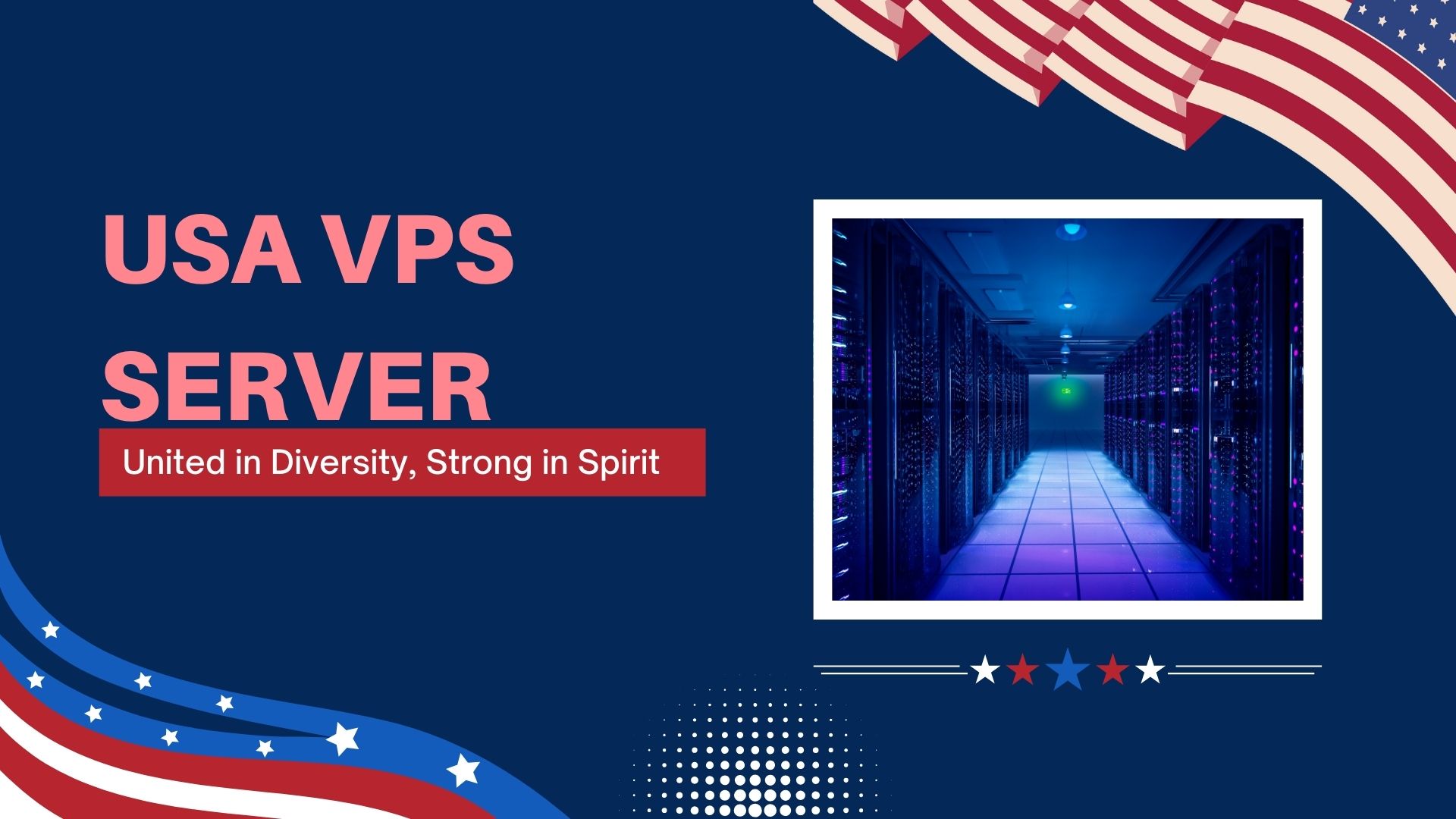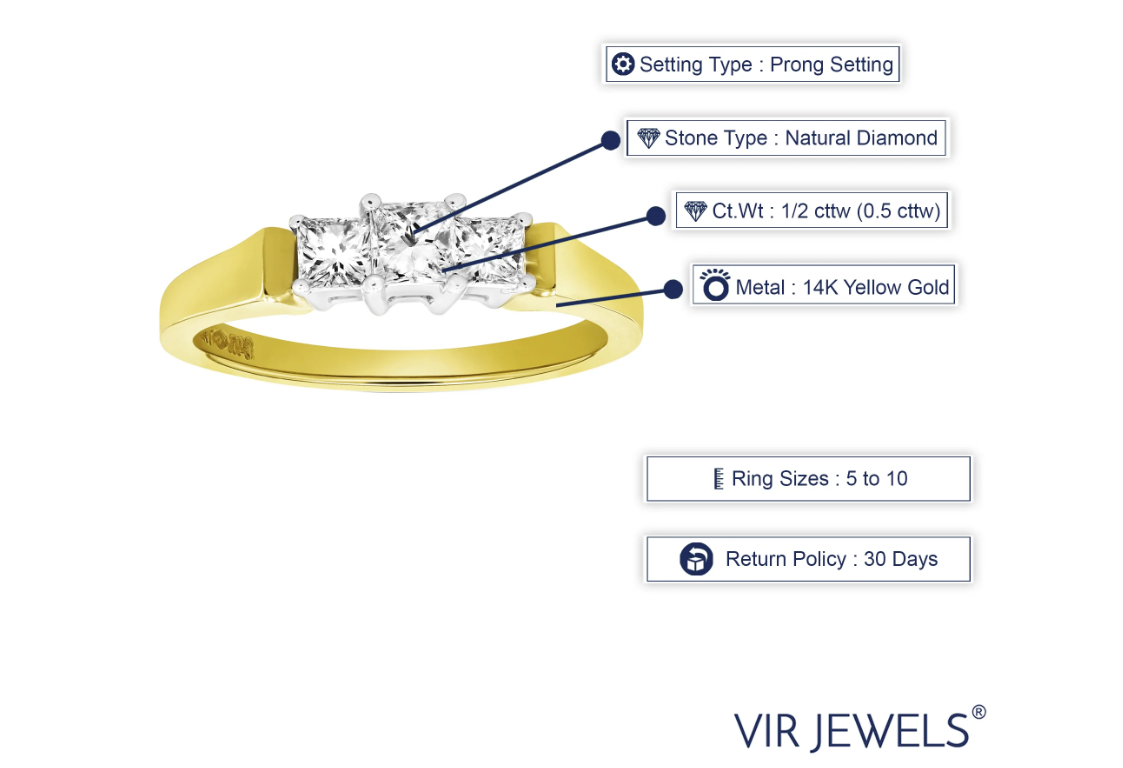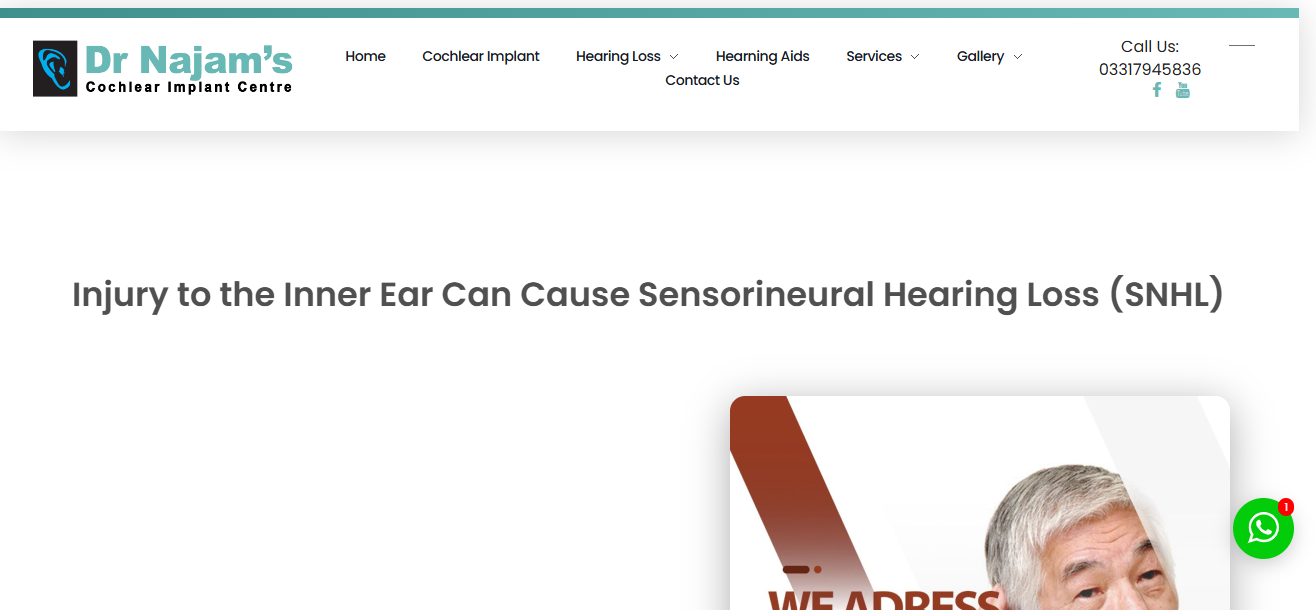In the age of Industry 4.0, enterprises are witnessing a massive transformation fueled by two dominant forces — the Internet of Things (IoT) and online software solutions. Together, they are creating intelligent ecosystems where machines, systems, and people collaborate more efficiently than ever before. This synergy is not just reshaping operations but is laying the foundation for agile, data-driven, and autonomous enterprises.
IoT: The Nerve System of the Modern Enterprise
IoT has evolved from a concept into a core enabler of real-time data acquisition and automation. Sensors, devices, and embedded systems across manufacturing floors, logistics, and office environments now collect granular data that was once unattainable.
- Real-Time Monitoring and Predictive Maintenance: Connected machines can now self-diagnose issues, reducing downtime and maintenance costs. For example, in smart factories, IoT-enabled equipment sends alerts before failures occur, saving both time and resources.
- Supply Chain Optimization: IoT trackers monitor shipments globally, providing real-time updates, temperature control data, and delivery status. This transparency enhances customer trust and streamlines logistics.
- Energy Efficiency and Sustainability: IoT devices optimize power usage in corporate buildings, detecting energy leaks and automatically adjusting lighting, heating, and cooling systems.
Online Software Solutions: The Brain Behind the Innovation
While IoT provides the data, online software platforms process, analyze, and transform that data into actionable insights. Cloud computing, SaaS platforms, and AI-powered dashboards are becoming the new command centers of modern enterprises.
- Cloud-Based ERP Systems: Enterprise Resource Planning systems hosted on the cloud allow for centralized control over finance, HR, procurement, and inventory — accessible from anywhere in the world.
- AI and Machine Learning Integration: Software solutions now use AI to forecast trends, optimize workflows, and personalize customer experiences. Whether it’s in sales automation or marketing analytics, intelligence is embedded into every layer.
- Remote Collaboration Tools: Online platforms like Zoom, Microsoft Teams, and Asana have revolutionized how teams communicate, eliminating geographical constraints and enabling 24/7 productivity.
The Fusion of IoT and Software: A Competitive Advantage
The convergence of IoT cloud-based software creates autonomous enterprise environments where decisions are data-driven, and actions are predictive.
- Smart Manufacturing (Industry 4.0): Factories with IoT-connected machines and AI-powered software can self-adjust production lines based on demand forecasts, inventory levels, and machine availability.
- Digital Twin Technology: IoT sensors feed live data into digital twins — virtual replicas of assets — which are analyzed by software for simulation, maintenance, and optimization.
- Intelligent Asset Management: Companies can track asset health, usage, and location in real time, improving capital allocation and reducing operational waste.
Enhanced Decision-Making Through Data Integration
With integrated IoT and software systems, businesses gain access to a 360-degree view of operations. This level of visibility helps decision-makers:
- Identify performance bottlenecks before they escalate
- Optimize resource allocation across departments
- Forecast demand trends with greater accuracy
- Adapt faster to market changes and consumer behavior shifts
Decision-making is no longer intuition-driven — it’s insight-driven, giving companies an edge in hyper-competitive markets.
Cybersecurity: Safeguarding the Connected Enterprise
As connectivity increases, so do vulnerabilities. Both IoT and cloud-based platforms introduce new security challenges that must be addressed proactively.
- End-to-End Encryption: Data traveling between devices and cloud servers must be encrypted to prevent interception and tampering.
- Zero Trust Architecture: Enterprises are adopting zero trust models where every device, user, and request is authenticated continuously.
- AI-Powered Threat Detection: Software solutions now utilize machine learning to detect anomalies and intrusions in real-time, strengthening enterprise defenses.
A secure digital infrastructure ensures business continuity and safeguards intellectual property and customer data.
Customer Experience Revolutionized
IoT and software systems allow companies to deliver hyper-personalized, seamless experiences to customers across touchpoints.
- Smart Products: From wearable health monitors to intelligent home devices, IoT-enabled products deliver value beyond their physical function, collecting usage data for service enhancements.
- Omnichannel Engagement: Software platforms integrate customer data from mobile apps, websites, and social media, ensuring consistent messaging and support across all channels.
- Proactive Customer Support: Connected products can automatically generate support tickets or request maintenance before issues are reported by users.
This proactive and personalized approach increases customer loyalty, satisfaction, and lifetime value.
Scalability and Flexibility for Global Expansion
Modern enterprises need to scale rapidly — and the combination of IoT and online software makes this possible.
- Plug-and-Play Infrastructure: Enterprises can integrate new devices, software modules, or geographic locations with minimal disruption.
- Remote Monitoring and Control: Business leaders can oversee operations across continents from a single dashboard.
- Subscription-Based Models: SaaS solutions reduce upfront costs and offer flexibility to expand or contract services based on business needs.
This agility empowers businesses to expand globally with confidence.
Challenges and Considerations
Despite the benefits, enterprises must carefully plan their IoT and software strategies:
- Integration Complexity: Legacy systems may resist seamless integration, requiring middleware or customized APIs.
- Data Overload: The volume of data generated can overwhelm systems if not managed with efficient storage and analysis tools.
- Compliance and Regulations: Adhering to data privacy laws like GDPR or HIPAA is critical when handling user data.
A strategic roadmap, aligned with business goals and technological capabilities, ensures sustainable digital transformation.
The Future: Autonomous Enterprises Driven by Intelligence
Looking ahead, the synergy of IoT and online software will lead to autonomous enterprises that:
- Self-optimize based on continuous feedback loops
- Predict outcomes and prescribe actions with AI
- Collaborate across ecosystems via secure cloud platforms
These organizations will not only be faster and more efficient but also more resilient and adaptive to disruption. contact jiWebTech.












Leave a Reply